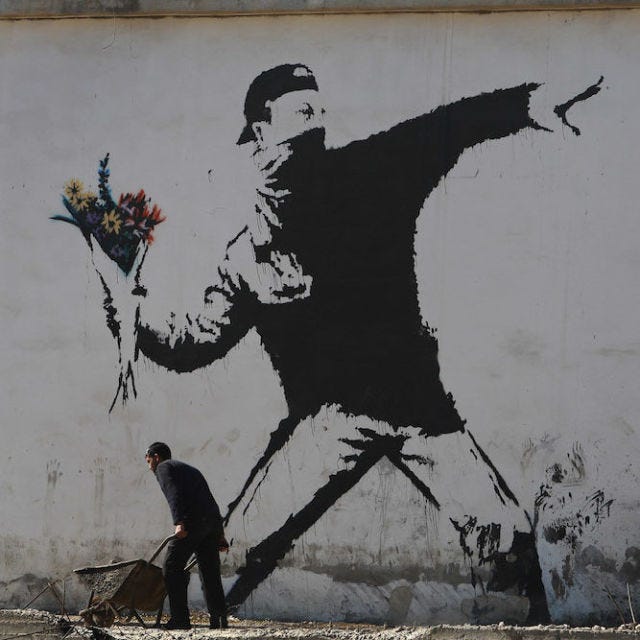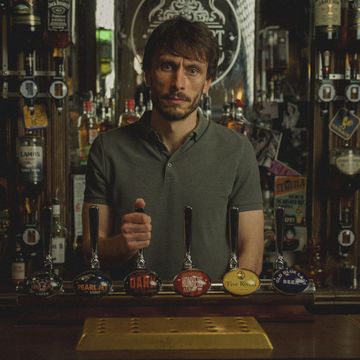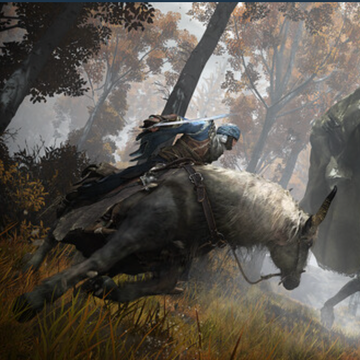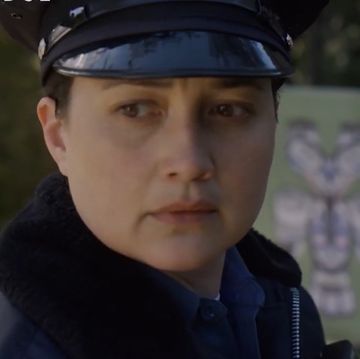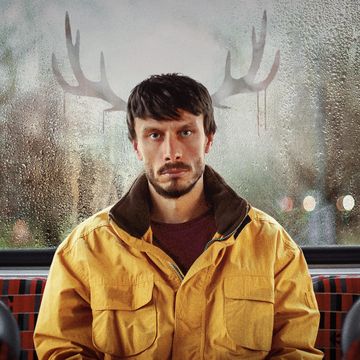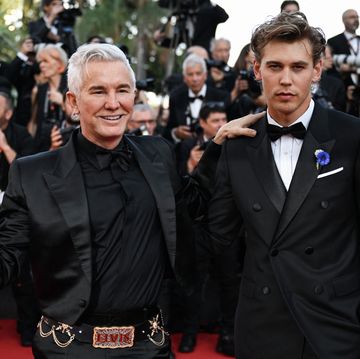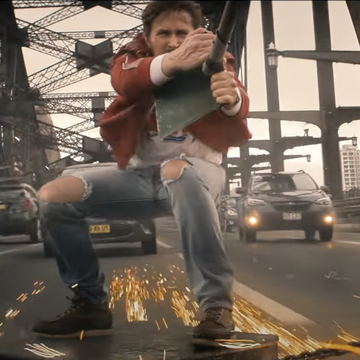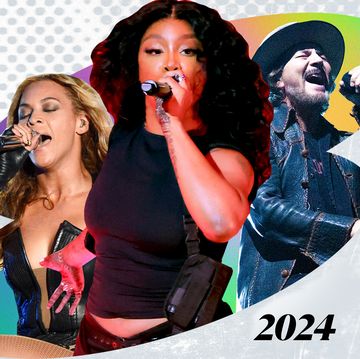After starting as a freehand graffiti artist in the early-'90s, Banksy's first known stenciled mural appeared on an office building in Bristol in 1997. The mural shows a Teddy bear throwing a Molotov cocktail at three riot police. By the early 2000s, Banksy's work had appeared on buildings and in galleries around the world, his paintings were selling for upwards of $50,000 to major celebrities, yet his identity was still unknown. Through international fame, a major Banksy documentary, huge art events and shows in major cities, Banksy granted few interviews and kept his real name secret.
For years, journalists, fans and the art community have speculated about Banksy's true identity. In 2008, the Daily Mail conducted an exhaustive investigation into Banksy and found him to be "a former public schoolboy brought up in middle-class suburbia," named Robin Gunningham, though the Very Reputable Publication was unable to confirm it. Later, in 2014, an article in The Guardian described Banksy as, "a young graffitist on the streets of Bristol who went by the name of Robin Banx or Banks (from which Banksy evolved), inspired by the French stencil artist Blek le Rat and his fellow Bristolian 3D (or Robert Del Naja), who went on to form Massive Attack."
Though many have guessed over the years, scientists believe they've finally discovered Banksy's true identity. By analyzing the locations and frequency of Banksy's work, experts say his name is in fact Robin Gunningham.
"We use a Dirichlet process mixture (DPM) model of geographic profiling, a mathematical technique developed in criminology and finding increasing application within ecology and epidemiology, to analyze the spatial patterns of Banksy artworks in Bristol and London," the researchers explain. "The model takes as input the locations of these artworks, and calculates the probability of 'offender' residence across the study area. Our analysis highlights areas associated with one prominent candidate (e.g., his home), supporting his identification as Banksy."
Is it appropriate for researchers to unmask a man who chooses to live in anonymity? According to the BBC, Banksy's lawyers delayed the release of the study because of its wording in a press release. However, one of the author's of the study Steve Le Comber said he didn't believe the researchers had done anything wrong, the BBC reported:
He and his colleagues are fans of the artist, Dr Le Comber said, and did not believe their work had "unmasked" him. "I'd be surprised if it's not [Gunningham], even without our analysis, but it's interesting that the analysis offers additional support for it."You sort of default to the terminology from criminology, where you're talking about suspects and crime sites, but that doesn't imply any moral judgment - that these are actually crimes, or to be deplored, or whatever."
Or, maybe Banksy is behind the alleged research, himself. That'd be a very Banksy thing to do.
